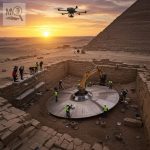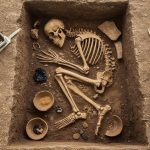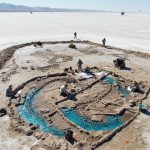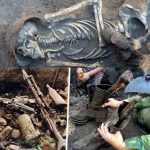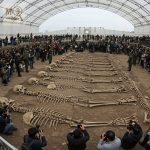America’s Controversial Finds: 20 Hidden Histories
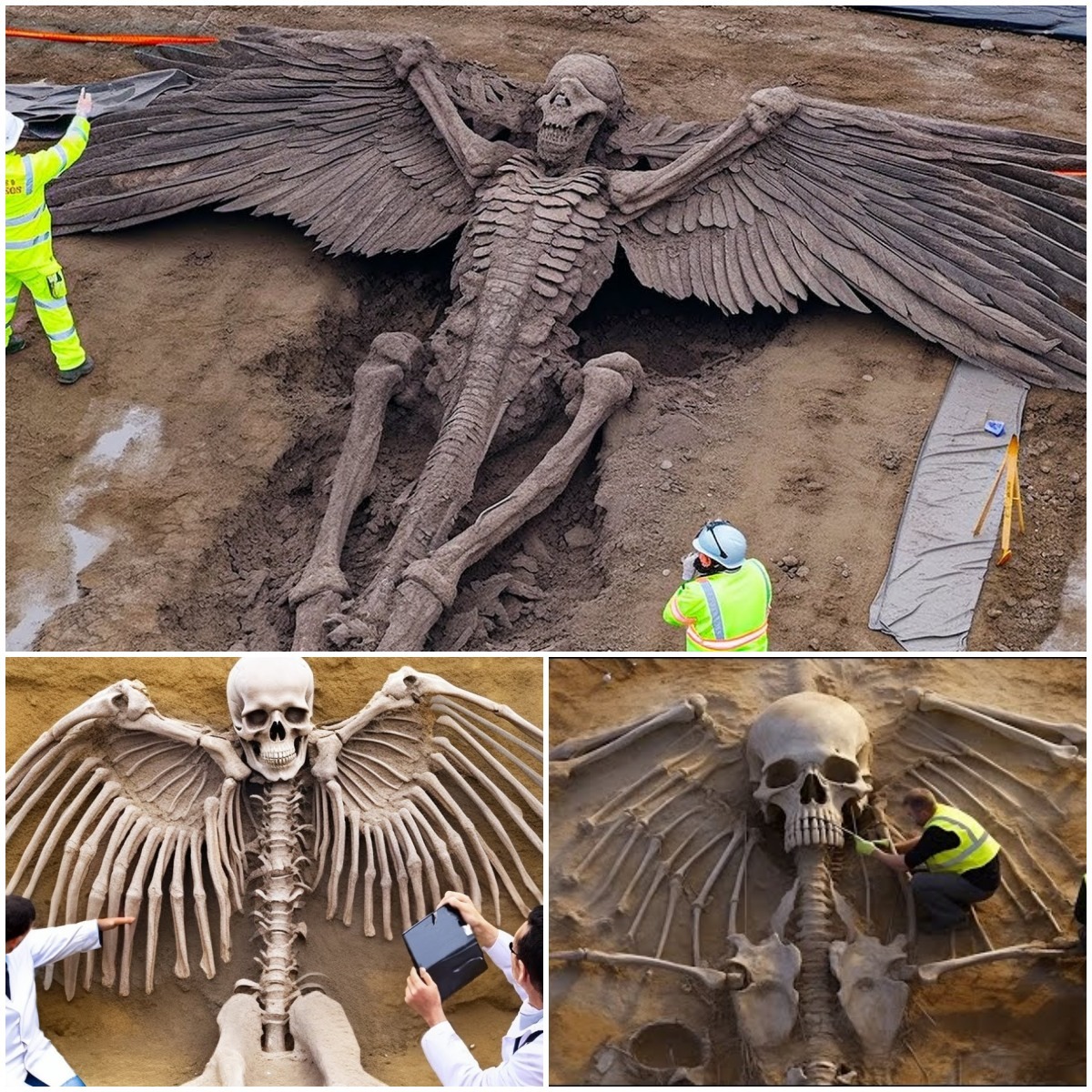
America, with its vast landscapes and rich history, holds secrets that challenge our understanding of the past. From coast to coast, discoveries continue to surface—each one sparking debate, awe, and sometimes even controversy. These 20 hidden histories, revealing artifacts, structures, and sites, expose a side of America’s story that is often overshadowed by mainstream narratives. What truths lie beneath the surface, waiting to be unearthed? And could these findings alter the way we think about who inhabited the continent long before us?
Unveiling America’s Forgotten Past

While many historical landmarks in the U.S. are celebrated and well-known—such as the Statue of Liberty or the ruins of ancient Native American civilizations—there are many other findings that remain shrouded in mystery. These 20 controversial discoveries suggest a rich, complex history of early human presence, far more intricate than textbooks typically tell. From unexplained relics found beneath modern cities to ancient structures buried under layers of soil, these findings challenge the conventional timeline of American history.
One such find includes mysterious ancient ruins hidden beneath the American heartland. Some researchers believe these structures could belong to long-forgotten civilizations that predate the indigenous cultures traditionally recognized as the first inhabitants of the land. Could ancient cultures have left their mark on the continent thousands of years before the Native Americans, as some controversial findings suggest?
Mysterious Relics and Forgotten Cultures
Many of the discoveries have triggered intense debates about the true origins of American cultures. Artifacts found in the southwestern deserts hint at the presence of civilizations whose knowledge of architecture, agriculture, and astronomy may have been far ahead of their time. Some of these relics challenge the theory of the “Clovis First” model, which posits that the first humans to inhabit the Americas arrived around 13,000 years ago. Could earlier, now-forgotten cultures have existed here long before the arrival of the first indigenous tribes?
Perhaps the most controversial discoveries involve those that seem to blur the lines between archaeology and legend. From the uncovering of giant human-like skeletons in various states of preservation to reports of ancient maps depicting unknown lands, these finds often raise more questions than answers. How much of American history has been deliberately concealed or overlooked? And what role does myth play in the understanding of these discoveries?

Between Science, Conspiracy, and Legend
The tension between mainstream archaeology and alternative theories is evident in many of these controversial finds. Some believe these hidden histories are being intentionally ignored or suppressed by institutions that control the narrative of history. Others suggest that myths, such as those surrounding the lost civilizations of Atlantis or the ancient Egyptian connection to the Americas, may contain kernels of truth.
What is clear is that these discoveries continue to spark conversation and raise important questions about the past. They challenge the conventional wisdom and remind us that history is always open to interpretation. The secrets uncovered in these finds urge us to rethink what we know about the ancient world—and to remain open to the possibility that much of America’s early history remains hidden, waiting to be revealed.
Conclusion
America’s 20 hidden histories are more than just curiosities—they are windows into a forgotten or concealed past that could change the way we understand the origins of civilization on this continent. Whether the discoveries are the result of ancient cultures, mythological influence, or the manipulation of history, they serve as a reminder that the past still holds secrets that are waiting to be uncovered. These controversial finds blur the line between fact and speculation, pushing us to question how much of our history we have truly uncovered.



